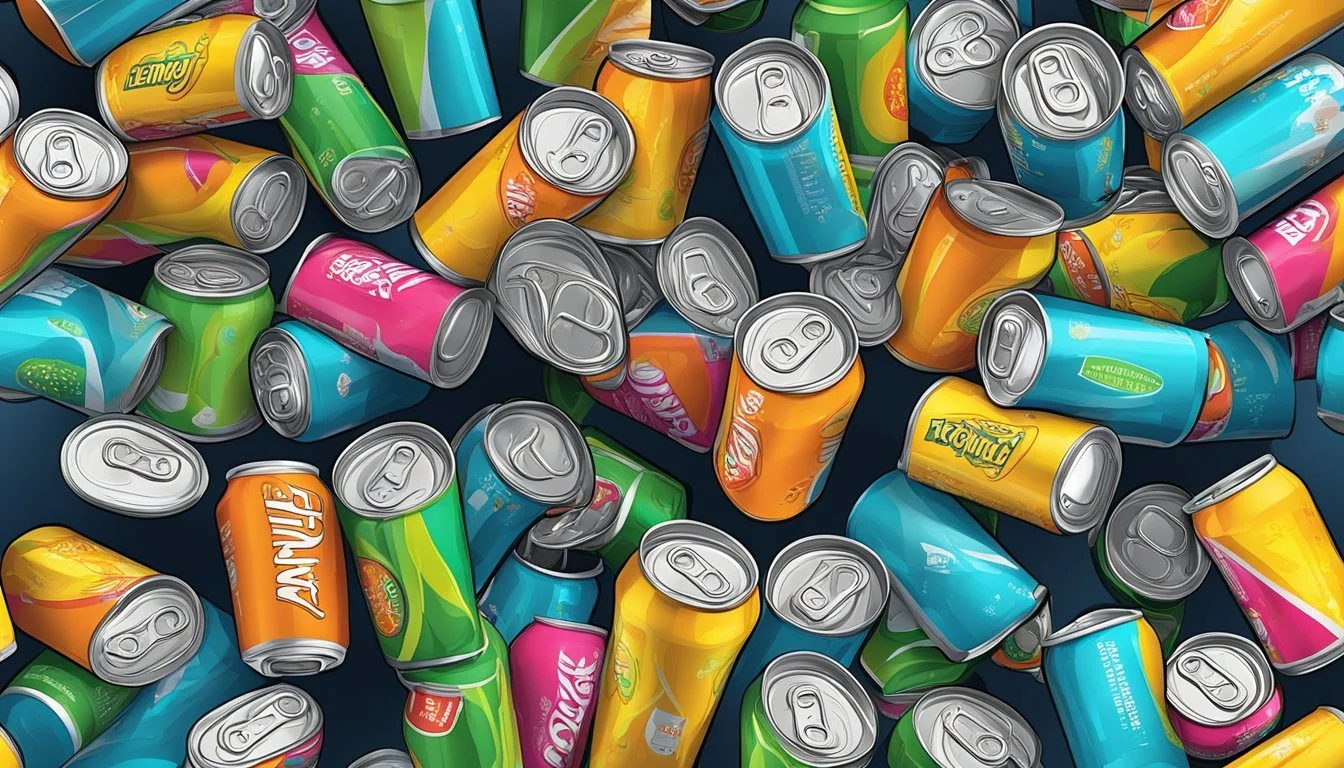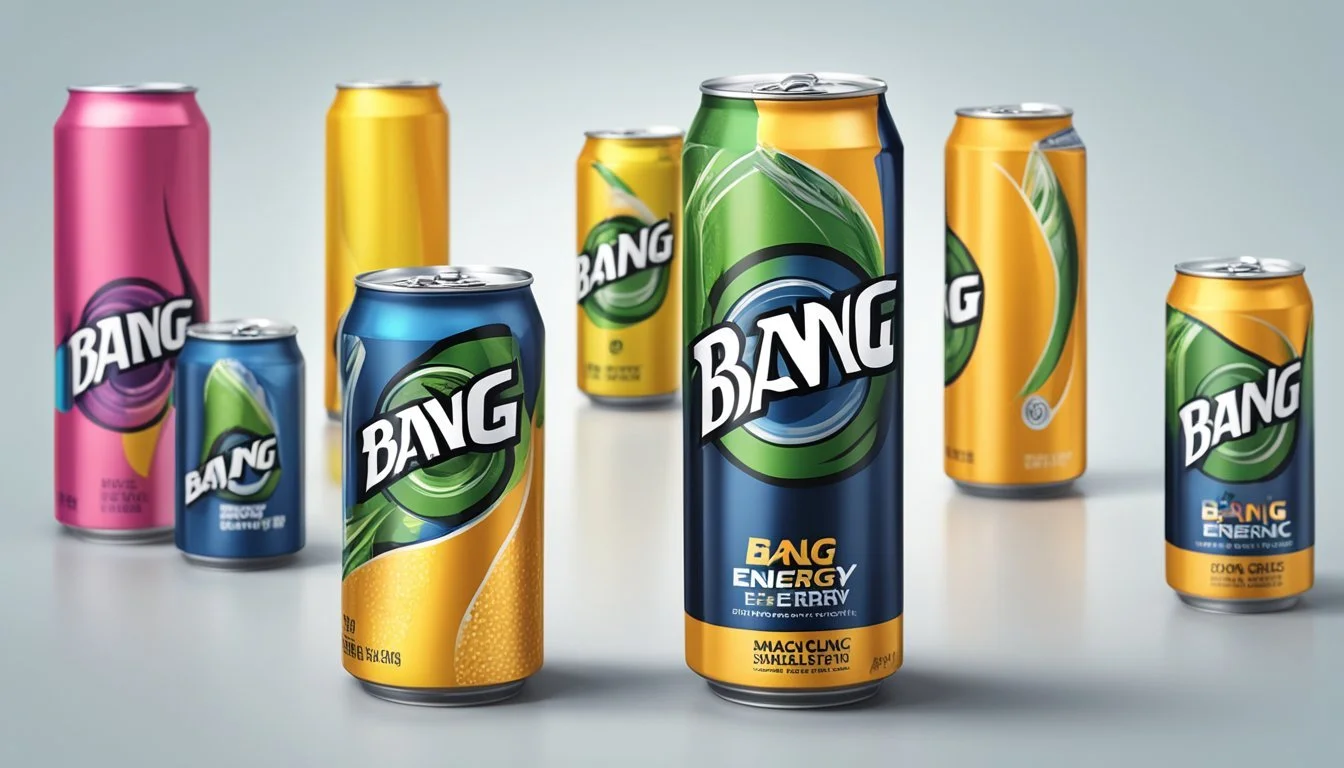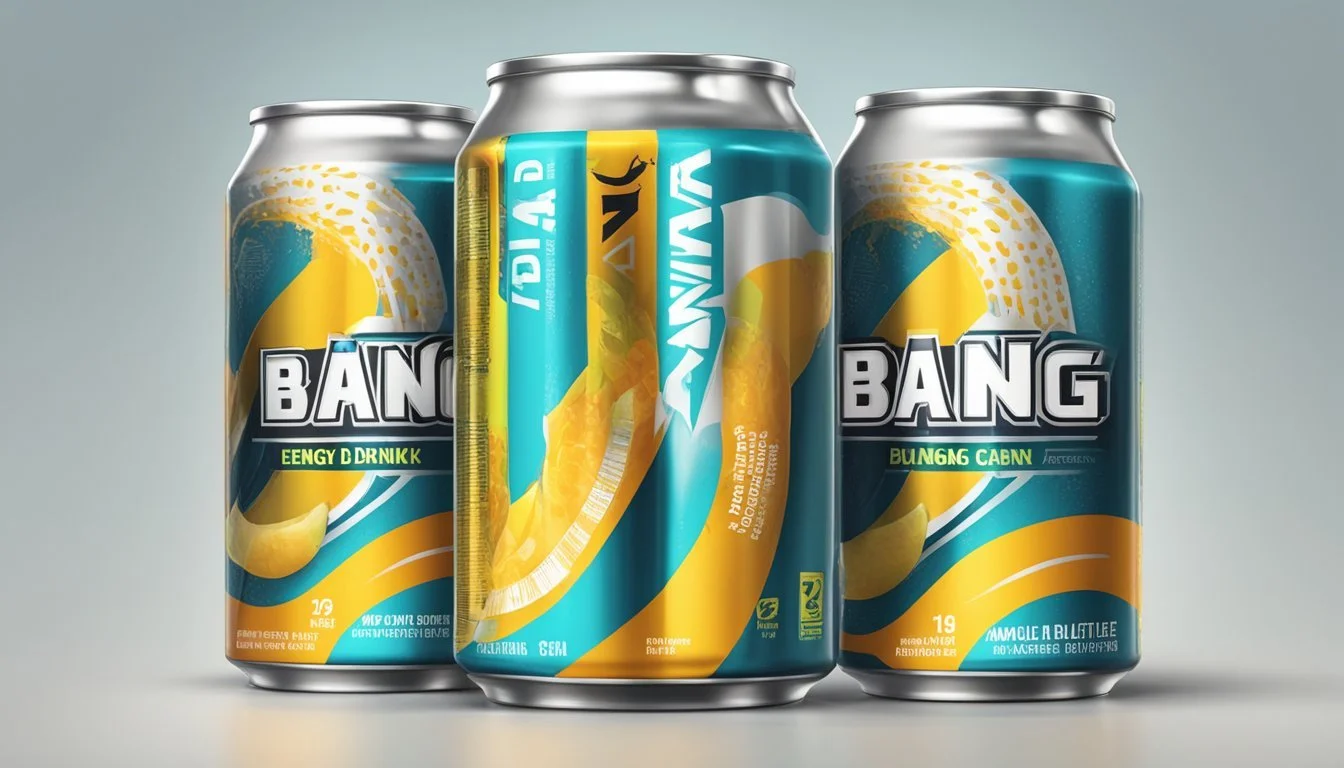How Many Servings of Bang Energy Radical Drink Is Too Much
Expert Guidelines
Bang Energy Radical Drink, like other energy beverages, packs a punch with its high caffeine content and unique formulation. Marketed as a sports enhancement beverage, it has gained a significant following. The crucial question many consumers have is how many servings are too many.
Each 16 fl. oz. can of Bang contains a hefty 300mg of caffeine, which is nearly the equivalent of three cups of coffee. The FDA recommends a daily caffeine intake limit of 400mg for most adults to avoid adverse health effects. Thus, consuming more than one can of Bang Energy Radical Drink per day can easily exceed safe caffeine levels, potentially leading to symptoms like restlessness, insomnia, and heart palpitations.
Moderation is key when it comes to energy drinks. Despite their allure and ability to provide a quick energy boost, overconsumption can negate the benefits and pose health risks. Readers should remain mindful of their total daily caffeine intake from all sources to maintain a balanced and healthy lifestyle.
Understanding Bang Energy Drinks
Bang Energy Drinks are known for their high caffeine content, zero calories, and variety of unique flavors. They contain several ingredients designed to boost energy and focus.
Composition and Ingredients
Bang Energy Drinks are notable for their zero-calorie formulation. They contain Super Creatine, CoQ10, and amino acids like L-leucine and L-isoleucine, promoting muscle recovery and energy. The drinks also boast vitamins such as Vitamin B6 and Vitamin B12, which support energy metabolism.
Bang Energy uses artificial sweeteners like Sucralose to maintain sweetness without adding calories. Each ingredient is carefully selected to provide a combination of energy and nutritional benefits.
Caffeine Content in Bang Energy
Each 16 fl. oz. can of Bang Energy contains a significant amount of caffeine, typically around 300 mg. This is higher than many other energy drinks on the market.
Caffeine helps improve alertness and focus but can cause side effects like jitters or insomnia if consumed in excessive amounts. For comparison, a regular cup of coffee usually has about 95 mg of caffeine. Because of its high caffeine content, careful moderation of Bang Energy consumption is essential.
Flavor Range and Artificial Sweeteners
Bang Energy offers a wide range of flavors, from Rainbow Unicorn to Purple Haze. The flavors are designed to appeal to a broad audience, making the drink both enjoyable and functional.
The drinks rely on artificial sweeteners, primarily Sucralose, to achieve their signature taste. Sucralose is calorie-free and much sweeter than sugar, allowing the drinks to maintain a pleasant flavor without impacting the calorie count.
Bang Energy’s diverse flavor options, combined with its no-calorie promise, have played a crucial role in its popularity among energy drink consumers. The flavor choices and sweeteners work together to make each sip enjoyable while aligning with many consumers' health and fitness goals.
Health Impact of Energy Drinks
Energy drinks can offer short-term boosts to mental and physical performance but come with potential risks. It's essential to weigh the potential benefits against the side effects, especially for certain groups who may be more susceptible to negative outcomes.
Potential Benefits and Boosts
Energy drinks can improve alertness, concentration, and physical performance. Ingredients like caffeine are effective in enhancing mental focus and reducing fatigue.
A typical energy drink might contain 300 milligrams (mg) of caffeine, which can be comparable to three cups of coffee. Taurine and B-vitamins found in these drinks can contribute to metabolic support and energy processes in the body.
Short-Term and Long-Term Side Effects
Excessive consumption of energy drinks can lead to insomnia, headaches, and anxiety.
High caffeine levels can cause cardiovascular problems such as increased heart rate and blood pressure. Sugar-free variants still pose risks due to artificial sweeteners like sucralose and acesulfame. These may cause gastrointestinal issues and have been linked to long-term adverse effects.
Considerations for Specific Groups
Children and adolescents should avoid energy drinks due to their higher risk of caffeine sensitivity and potential for disrupted sleep patterns.
Individuals with preexisting health conditions, such as heart disease or anxiety, must exercise caution. Pregnant women should also avoid these drinks to prevent potential harm to fetal development. Different groups have varying tolerances, and it is crucial to consider these factors when assessing energy drink consumption.
Safe Consumption Guidelines
Moderation is key when consuming energy drinks like Bang Energy Radical, which contains 300 mg of caffeine per can. It's essential to understand the recommendations, serving sizes, and individual tolerance to prevent caffeine overdose and related health issues.
FDA Recommendations on Caffeine Intake
The FDA recommends a daily caffeine limit of up to 400 mg for most adults. This equates to about one and a third cans of Bang Energy Radical. Exceeding this limit can lead to adverse effects such as anxiety, palpitations, and digestive disturbances. Pregnant individuals and those with certain health conditions should consult a healthcare provider for personalized guidance, as their limits may be lower.
Understanding Servings and Limits
Each 16 fl. oz can of Bang Energy Radical contains 300 mg of caffeine. This is close to the daily upper limit recommended by the FDA for healthy adults. Consuming more than one can per day can quickly surpass safe caffeine limits. Tracking daily consumption is crucial, and it is advisable to limit to one serving to avoid potential health risks.
Factors Influencing Caffeine Sensitivity
Caffeine sensitivity varies among individuals due to factors such as age, weight, and regular caffeine consumption. Genetics also play a role in how one's body metabolizes caffeine. People with high caffeine tolerance might not feel the effects as strongly as those with lower tolerance. It is important for each individual to monitor and adjust their intake based on their own responses to caffeine.
| Factor | Impact on Caffeine Sensitivity |
|-------------------------|--------------------------------------|
| **Age** | Younger individuals are more sensitive|
| **Weight** | Higher body weight may reduce effects |
| **Genetics** | Influences metabolism rate |
| **Regular Consumption** | Builds tolerance over time |Individuals with high caffeine sensitivity should consume even less than the maximum recommended limit to prevent adverse effects. Recognizing your body's response to caffeine is critical in maintaining safe consumption levels.
Comparative Analysis with Other Beverages
Bang Energy Drinks, especially the Radical Skadatal flavor, are known for their high caffeine content. A 16 fl. oz can of Bang contains 300 mg of caffeine. In comparison, a standard 8 fl. oz can of Red Bull has 80 mg, while Monster’s regular 16 fl. oz offering contains 160 mg.
Caffeine Content
Beverage Serving Size Caffeine (mg) Bang Energy (Radical) 16 fl. oz 300 Red Bull 8 fl. oz 80 Monster 16 fl. oz 160 Coffee (average) 8 fl. oz 95 Tea (black, average) 8 fl. oz 47
The caffeine in Bang is significantly higher than its competitors like Red Bull and Monster, as well as common beverages such as coffee and tea.
Sugar and Calories
Bang Energy Drinks boast zero calories and zero sugars, making them distinct from Red Bull and Monster, which contain around 110 calories and 27 grams of sugar per can. In contrast, a cup of coffee or tea often contains no added sugars or calories unless sweetened.
Red Bull and Monster may contribute to higher sugar intake, impacting both health and calorie count. Bang’s zero-sugar profile positions it as a lower-calorie alternative, although the high caffeine content may be concerning.
Health Considerations
The high caffeine in Bang can enhance alertness and performance, but too many servings could lead to health issues like jitters, insomnia, or heart palpitations. Comparably, the moderate caffeine levels in coffee and tea offer a more balanced approach with generally recognized health benefits.
It’s crucial to evaluate individual tolerance and health goals when choosing between these beverages.
Nutritional Information
Bang Energy Radical Skadattle packs quite a profile in terms of its nutritional breakdown. It is known for its zero-calorie content and high caffeine concentration, with other ingredients contributing to its unique formulation.
Macro and Micronutrients Breakdown
Calories and Macronutrients: Bang Energy Radical Skadattle contains 0 calories per 16 fl. oz can. It contains zero grams of fat, protein, and sugar, making it a calorie-free option for those monitoring their intake. The complete lack of macronutrients is one of its standout features.
Micronutrients: Bang Energy boasts several micronutrients, including vitamins and minerals. It contains vitamin C, various B vitamins (B6 and B12), calcium, and magnesium. These vitamins are essential for energy metabolism and immune function. Moreover, the drink often includes sodium, which can help with electrolyte balance.
Caffeine Content: Each can contains approximately 300mg of caffeine. This high caffeine content is significantly more than many other energy drinks, which typically range between 80-160mg per serving. Caffeine is a central component, contributing to the drink's energy-boosting effects.
Consumer Advice and Best Practices
Adhering to the manufacturer's serving size for Bang Energy Radical Skadattle is key to ensuring you avoid potential health risks. It is important to incorporate this energy drink responsibly into one's lifestyle, considering timing and alternative energy sources.
Incorporating Energy Drinks into a Healthy Lifestyle
Balancing Bang Energy drinks within a healthy lifestyle is crucial. Each can contain high caffeine levels, roughly equivalent to three cups of coffee. It's essential to limit consumption to one serving a day to avoid negative effects like cardiovascular problems and sleep disturbances.
Matching energy drink intake with a balanced diet and regular physical activity enhances benefits without over-relying on artificial stimulants. Staying hydrated and maintaining proper nutrition is also vital to avoid dehydration and nutrient imbalances caused by energy drinks.
When to Consume for Optimal Benefits
Consuming Bang Energy during times that require high focus and performance maximizes benefits. Ideal moments are pre-workout sessions for a strength boost or during long working hours for increased alertness.
To avoid fatigue and sleep disruptions, it’s best to avoid consuming energy drinks late in the day. The high caffeine content can interfere with sleep cycles, affecting overall health. Monitoring one's body's reactions and adjusting consumption times ensure optimal benefits without adverse effects.
Alternative Energy-Boosting Options
For those seeking healthier alternatives, several options can provide an energy boost. Natural options like green tea, which contains lower caffeine levels, or foods rich in B vitamins and iron can improve energy levels and muscle function.
Regular exercise, adequate sleep, and a nutritious diet are essential for maintaining sustained energy and optimal performance. Hydration and smaller, balanced meals throughout the day can also provide continuous energy without reliance on high-caffeine drinks.
Incorporating mindfulness practices, like short breaks and stretching, can reduce fatigue and enhance focus naturally. These strategies offer a well-rounded, healthier approach to energy management.








